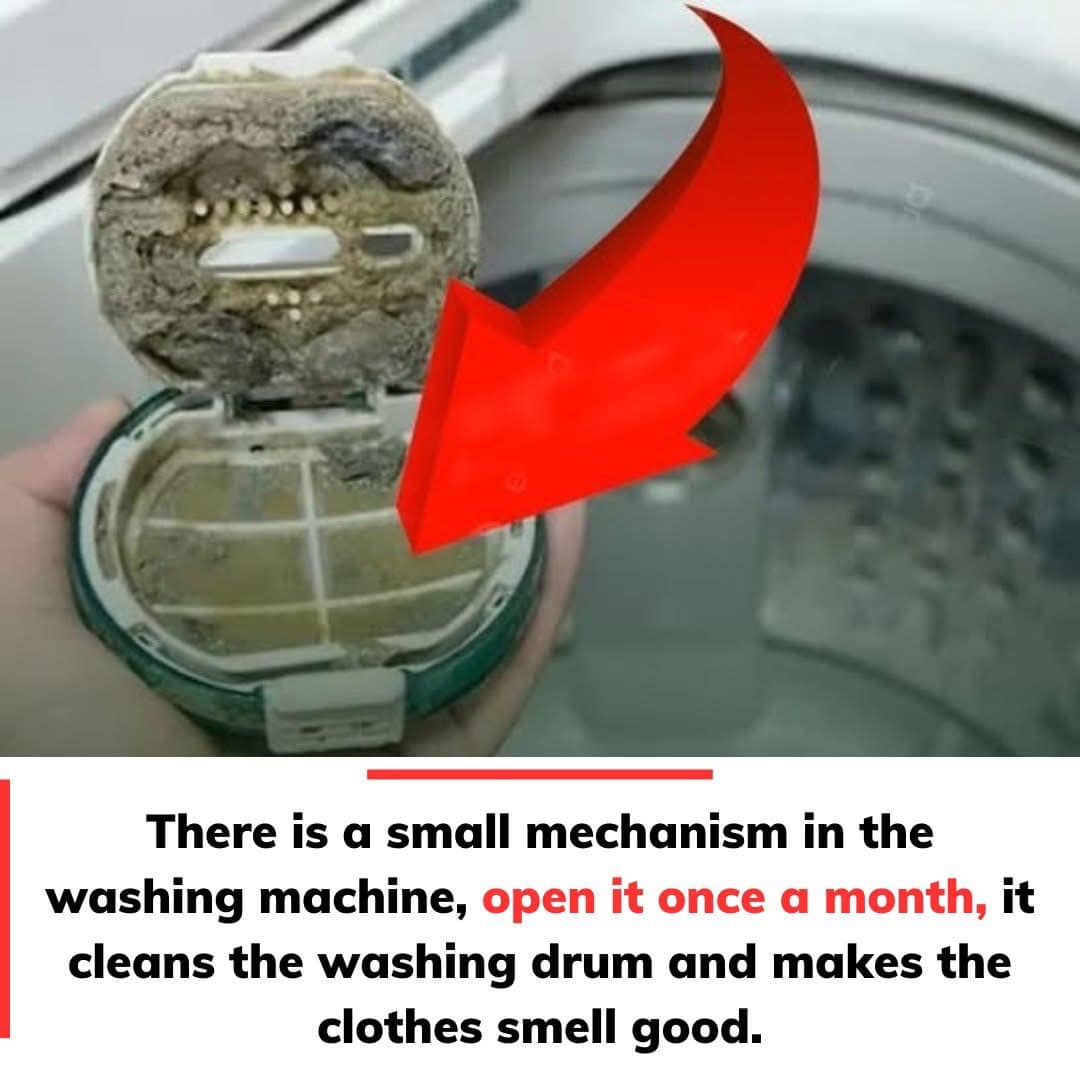Every washing machine is equipped with a filter designed to trap dirt, lint, and debris from clothing during the washing process. This essential component plays a crucial role in keeping your clothes clean and fresh. However, if this filter isn’t cleaned regularly, it can become clogged with dirt, lint, and soap scum, causing a range of problems. A dirty filter can lead to clothes emerging from the wash with stains, unpleasant odors, and even fabric damage. Over time, the buildup can also affect the performance of your washing machine, reducing its efficiency and lifespan. For these reasons, it’s essential to inspect and clean your washing machine filter at least once a month.

The filter in your washing machine collects everything from lint and hair to stray tissue fragments and dirt particles. When left unchecked, these elements can accumulate and block water flow, making it harder for your washing machine to function effectively. In extreme cases, the filter can become so clogged that water cannot drain properly, leading to damp, musty-smelling laundry. Regular maintenance ensures that your washing machine remains in top working order and prevents costly repairs down the line.
The location of the washing machine filter varies depending on the model and type of machine. In front-loading washing machines, the lint filter is typically located on the lower front panel, making it relatively easy to access and clean. For top-loading washing machines, the filter is often located inside the drum or along the drum’s rim. Some newer models might have self-cleaning filters, but even these require occasional inspection and cleaning to ensure optimal performance.
How to Remove and Clean a Washing Machine Filter
- Locate the Filter:
-
- In front-loading machines, look for a small door or plastic panel near the bottom front of the machine.
- In top-loading machines, check inside the drum or near the agitator.
-
- Open the Filter Compartment:
- For front-loading machines, pry open the small plastic cover.
- In some models, you may need to unscrew the filter cap using a screwdriver.
- Remove the Filter:
- Carefully pull out the filter. Be prepared for some water to spill out, so have a towel or a shallow basin ready.
- Clean the Filter Thoroughly:
- Rinse the filter under warm water to remove lint, dirt, and debris.
- Use an old toothbrush or a soft cloth to scrub away stubborn grime.
- Check for any trapped objects like coins, buttons, or hairpins.
- Wipe the Filter Compartment:
- Use a damp cloth to wipe the filter housing, removing any residual grime or buildup.
- Reassemble the Filter:
- Once the filter is clean, securely place it back into its compartment.
- Ensure it’s tightly sealed to prevent water leakage.
How Often Should You Clean the Filter?
Experts recommend cleaning your washing machine filter at least once a month. If you frequently wash heavily soiled clothes or have pets that shed hair, you might need to clean it more often. Regular maintenance will ensure your washing machine runs smoothly and prevents unpleasant odors or stains on your laundry.
Additional Tips for Washing Machine Maintenance
- Use White Vinegar for Cleaning:
- Run an empty cycle with two cups of white vinegar and warm water to eliminate bacteria and soap scum from the drum.
- Wipe Down the Drum:
- After each use, leave the washing machine door open for a few hours to allow proper ventilation and prevent mold growth.
- Inspect the Hoses:
- Regularly check water inlet and outlet hoses for cracks or blockages.
- Avoid Overloading:
- Overloading the washing machine puts excess strain on the motor and drum.
- Use Appropriate Detergent:
- Choose detergents specifically designed for your machine type (HE detergent for high-efficiency models).
The Importance of Regular Cleaning
Neglecting your washing machine filter can lead to a domino effect of problems. Not only will your clothes smell unpleasant, but your washing machine will also have to work harder, increasing energy consumption and utility bills. Additionally, poor maintenance can cause unnecessary wear and tear on the internal components of your machine, shortening its lifespan.
Many people overlook the washing machine filter, especially in households where no one is familiar with appliance maintenance. However, keeping this small but essential part clean is one of the easiest ways to ensure your washing machine operates efficiently.
Why You Shouldn’t Skip This Step
- Prevents Odors: A clogged filter can cause stagnant water and mold growth, leading to unpleasant smells.
- Improves Efficiency: A clean filter ensures proper water flow, which allows your machine to run at peak performance.
- Extends Machine Lifespan: Regular filter maintenance reduces the strain on your washing machine’s motor and drainage system.
- Protects Your Clothing: A dirty filter can leave lint and grime on your clothes, ruining their appearance and texture.
Final Thoughts
Regularly cleaning your washing machine filter is a simple yet crucial task that can prevent many common laundry issues. By taking just a few minutes each month to clean the filter, you’ll ensure your clothes remain fresh, your machine runs smoothly, and you avoid unnecessary repair costs. Whether you have a front-loading or top-loading machine, this maintenance routine is an investment in your appliance’s longevity and your family’s health. Don’t overlook this important step—your washing machine and your laundry will thank you!





